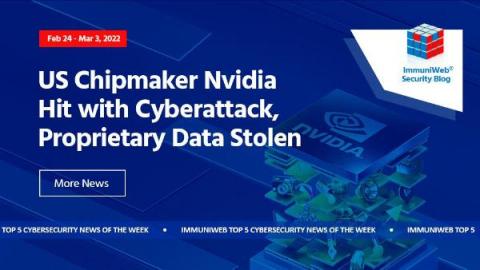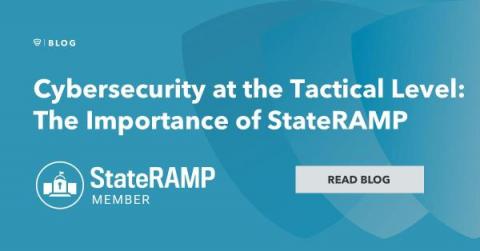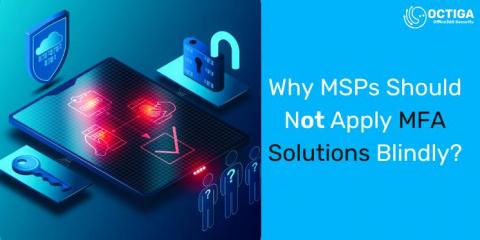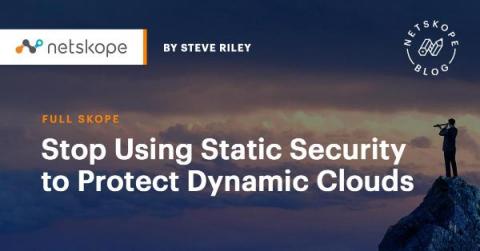Best Practices For Managing Ruby Supply Chain Security Risks
Software supply chain attacks are on the rise – the attacks increased by more than 600% between 2020 and 2021. On RubyGems, the official package repository for the Ruby programming language, attackers usually take advantage of the implicit trust developers have on the gems deployed on the platform and infect them with malicious code.











